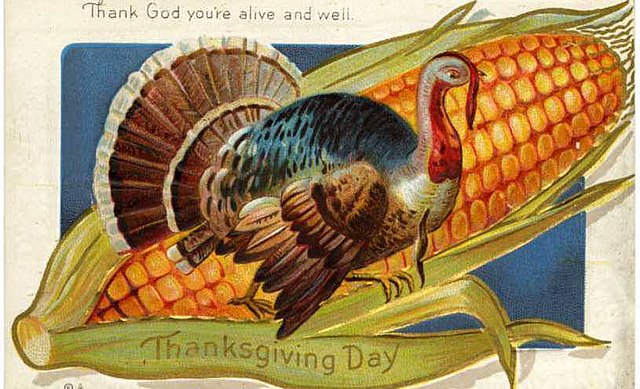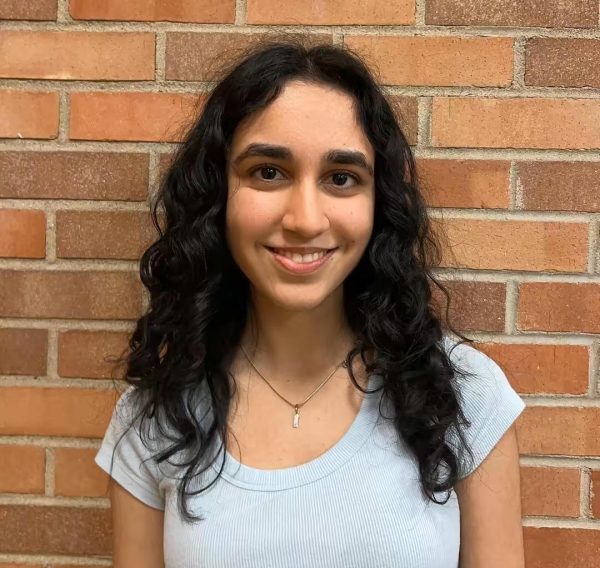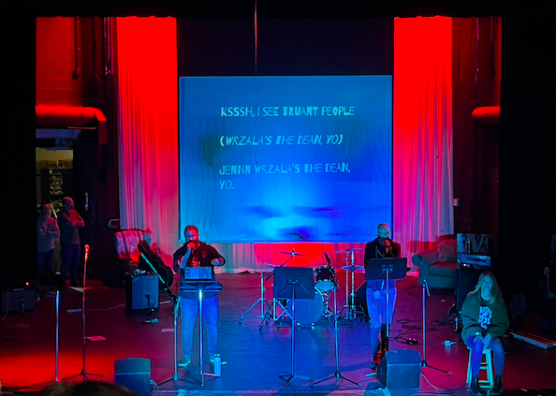The past and present of Thanksgiving
November 16, 2022
Every year on the fourth Thursday of November, households around the U.S. celebrate Thanksgiving by cooking and sharing a bountiful meal with family and friends. By looking back at this holiday, which dates back to the 1600s, Americans can remember the history behind this important holiday.
The tradition of Thanksgiving began around November of 1621, when a Pilgrim named William Bradford organized a feast for the pioneers and a group of Native Americans to celebrate a successful corn harvest.
But the harvest wouldn’t have been as successful if it weren’t for the Native Americans’ help, especially Squanto’s.
Squanto was a member of the Patuxet tribe who taught the malnourished, sickly Pilgrims how to grow corn, catch fish, and avoid poisonous plants. He also helped the Pilgrims ally with a local Native American tribe, the Wampanoag. The chief of the Wampanoag tribe, Massasoit, hoped that the alliance with the Pilgrims would help him regain his former power and prestige. The Pilgrims wanted to establish peace and engage in trade.
While there is no record of what exactly was eaten on the first Thanksgiving, the writing by a Pilgrim chronicler named Edward Winslow provides most of the information about the first Thanksgiving, including the preparation of the foods eaten at the feast.
Today, the Thanksgiving staple, the turkey, which is so ubiquitous that it has become all but synonymous with the holiday, may or may not have been offered during the feast the Pilgrims hosted in 1621. However, nearly 90% of Americans eat turkey on Thanksgiving. Other traditional foods that are eaten include stuffing, mashed potatoes, gravy, cranberry sauce, and pumpkin pie.
In 1789, George Washington issued the first Thanksgiving proclamation and called upon Americans to express their gratitude for the victory of the country’s war for independence and the successful ratification of the U.S. Constitution. Washington’s predecessors also designated days for gratitude during their presidencies.
An author named Sarah Josepha Hale began a campaign to establish Thanksgiving as a national holiday in 1827. She sent letters to politicians, including the president, for 36 years. Abraham Lincoln finally took her request and declared Thanksgiving a national holiday to be celebrated on the last Thursday of every November.
On Thanksgiving, volunteering and attending parades are common activities. Communities often hold food drives and host free Thanksgiving dinners for the less fortunate. Parades have become an integral part of Thanksgiving celebrations in cities and towns across the country.
Schools celebrate Thanksgiving by teaching students about the history of Thanksgiving, hosting Thanksgiving food drives, and donating to local food banks. Students do projects to express their appreciation and gratitude. This year, the Fremd Band community will be hosting a food drive and will be donating the food to a local food drive at Palatine Township.
Thanksgiving is a holiday that reminds Americans to be thankful for the things that they may take for granted. It also is a holiday with a lot of important history behind it. What are you thankful for this Thanksgiving?




